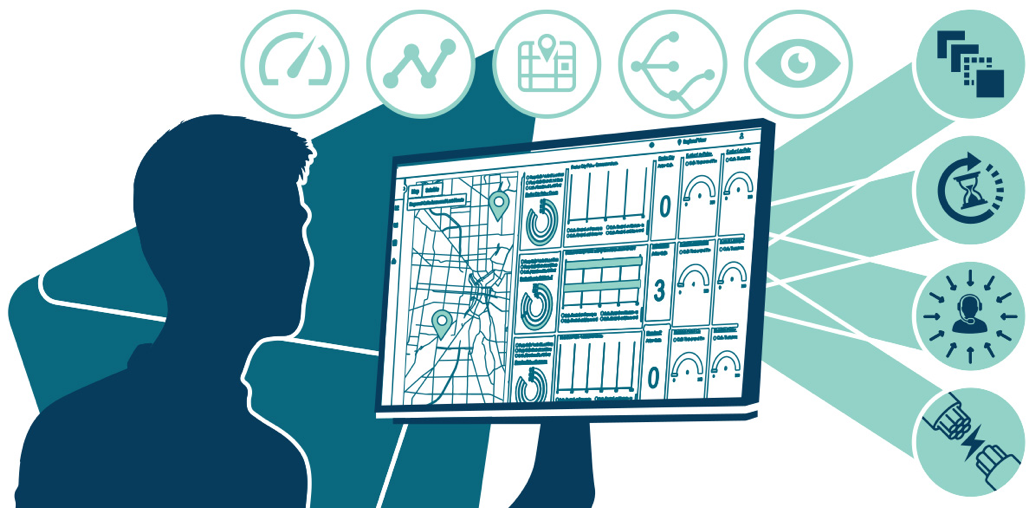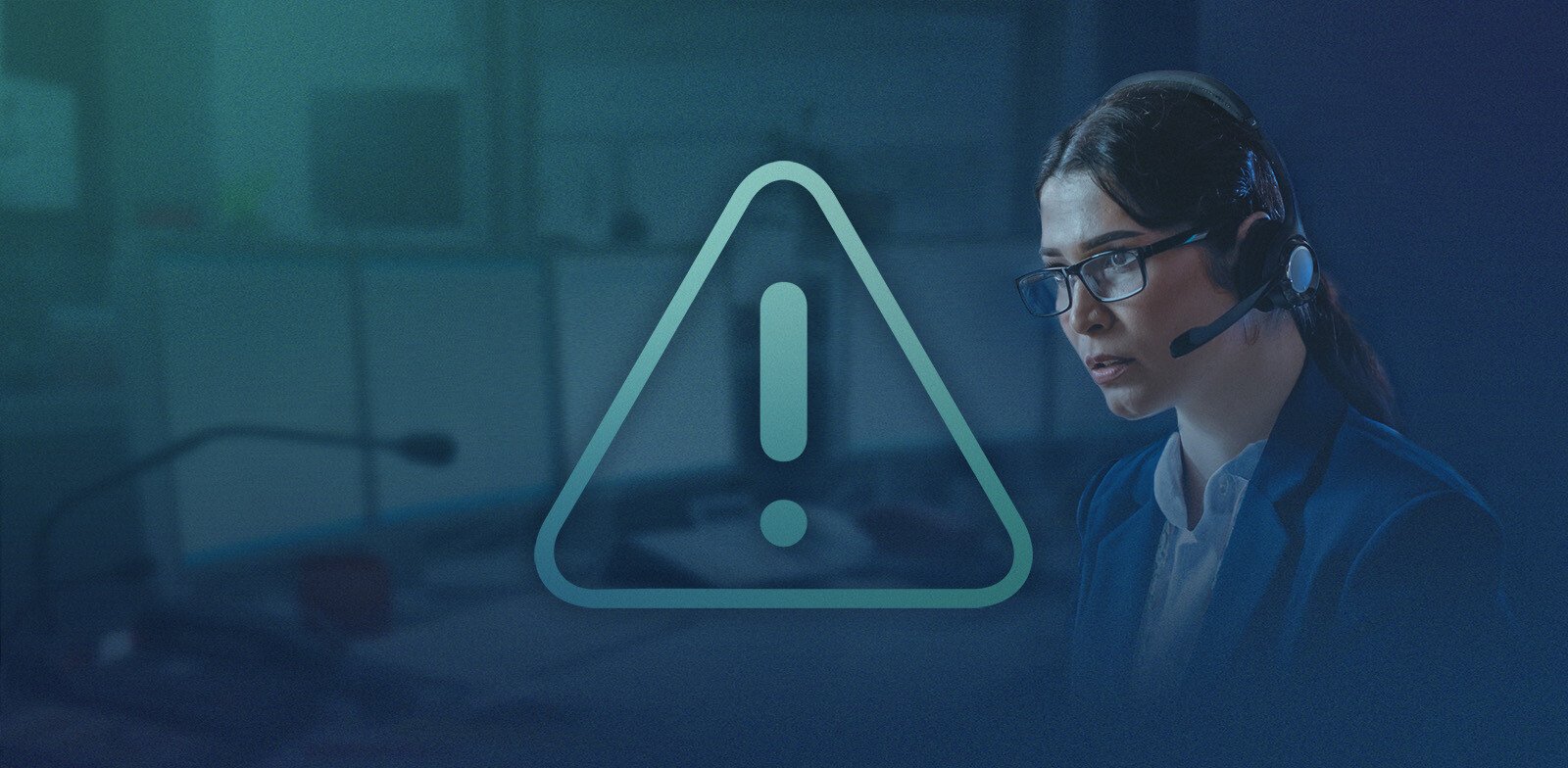Accelerating the Future of Next Generation 911 Services
By a unanimous vote on July 18, 2024, the Federal Communications Commission took a groundbreaking step forward to accelerate the transition to...
3 min read
As of Tuesday, March 25, 2025, 911 Authorities could begin to issue Next Generation 911 (NG911) service requests under the FCC's transition order. What is a service request? In short, it’s the formal way a 911 Authority – whether that’s a state-level entity or a Public Safety Answering Point (PSAP) – tells an Originating Service Provider (OSP), “We’re ready for NG911 — here’s the info you need to start sending calls our way using IP-based protocols.” But a request must check some important boxes to be considered valid under the FCC’s rules.
If you’re a PSAP leader, you are undoubtedly hearing a lot about FCC 24-78, the FCC’s NG911 transition order from last July, but the details may not be crystal clear. An important part of this transition is knowing what information is required to make the process seamless. Read on to learn what to expect and how to be prepared when issuing requests.
Which NG911 Phase: 1 or 2?
As part of the transition, there are two phases of NG911 readiness:
Phase 1 – A Phase 1 request asks OSPs to deliver 911 traffic using an IP-based SIP format as defined by the local authority.
Phase 2 – A Phase 2 request asks OSPs to deliver 911 traffic using i3-enabled SIP format as defined by standards-based NG911.
This approach is designed to ensure a smooth transition while maintaining the integrity and reliability of emergency services.
What Does a Valid Phase 1 Request Include?
If requesting Phase 1 service, the PSAP or 911 Authority will certify:
Infrastructure is in place and operational for receiving IP-enabled SIP 911 traffic.
Agreements have been secured with ESInet, NG911 Core Services, and/or call handling equipment providers. Collaborating with these providers ensures support for connectivity testing.
Requestor is authorized to make the request on behalf of the jurisdiction.
Additionally, the request will include the ZIP code(s) of at least one in-state NG911 delivery point — no specific street addresses are required. The requestor should also be prepared to provide more details (like facility location or network diagrams) if the OSP asks.
Pro tip: Intrado encourages including the contact details for ESInet, NG911 Core Services, and call handling equipment providers. This information eliminates unnecessary back and forth and streamlines the coordination of required testing.
What About Phase 2?
For Phase 2, you’ll need the same information as in Phase 1, but you’ll also need to confirm:
Infrastructure is not only in place — it’s compliant with NG911 industry standards.
The ESInet connects to a fully functional NG911 Core Services network that can provide access to a Location Validation Function (LVF) and interface with a Location Information Server (LIS) or equivalent.
Testing partners are on board to meet compliance timelines.
Who Gets the Request?
You have two options when submitting your request:
Notify OSPs through the FCC’s website. You can notify one, some, or all OSPs in your area by filing in the docket that the FCC has set up on its FCC’s Electronic Comment Filing System (ECFS). For proceedings, input 25-143, select “REQUEST” or “OTHER’” as the type of filing, and then upload a completed NG911 service request form such as the FCC’s Valid Request Form. If you choose to notify just some of your OSPs the first time around, you can file subsequent requests when you are ready to notify others. Consider including additional information to make as complete a notification as possible.
Notify specific OSPs directly. This can be helpful if you're phasing in the transition geographically or by provider. The Alliance for Telecommunications Industry Solutions, or ATIS, has prepared a technical report with a thorough readiness checklist and sample request form that may be used.
Either method is acceptable — just make sure your notice includes the required information and certifications. And while you should include zip codes, avoid including sensitive information such as street addresses or non-work cell phones on public forms.
Pro tip: While the FCC has provided a valid request form, it’s not the only acceptable form you can use when uploading to the FCC site. In fact, the ATIS form includes additional useful details that will help streamline the process for all parties, and you can use either form with either notification method.
Bonus Tip: Include Your PSAP Info
While optional, it’s helpful to list the PSAPs affected by your request — including their FCC PSAP ID and which phase you’re requesting for each. This helps OSPs clearly understand where and how to route calls when requesting on behalf of multiple PSAPs.
Final Thoughts: Make it Easy for OSPs to Work with You
To ensure a smooth process, you’ll want to:
Add the submission date so OSPs and PSAP contacts are aligned on timelines.
Provide a clear point of contact who can answer follow-up questions.
Update your contact information if it changes.
Stay familiar with the FCC's NG911 rules.
Transitioning to NG911 is a team effort — and valid requests are the handshake that gets the ball rolling!

By a unanimous vote on July 18, 2024, the Federal Communications Commission took a groundbreaking step forward to accelerate the transition to...

At the end of 2022, the FCC (Federal Communications Commission) laid down the gauntlet on improving 911 reliability by issuing an order [FCC 22-88]...

FCC rules for notifying PSAPs of service-impacting issues are enforceable as of April 15, 2025. That means originating service providers (OSPs) have...

When service-impacting issues arise for 911, it’s critical to communicate that information to public safety answering points. Stakeholders must...